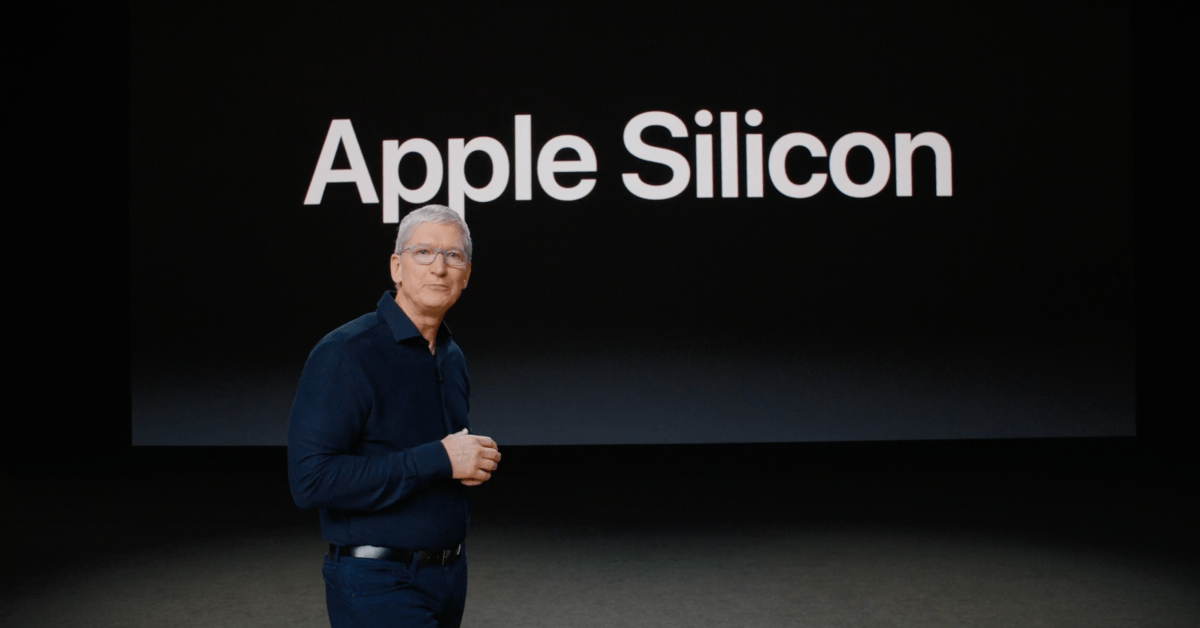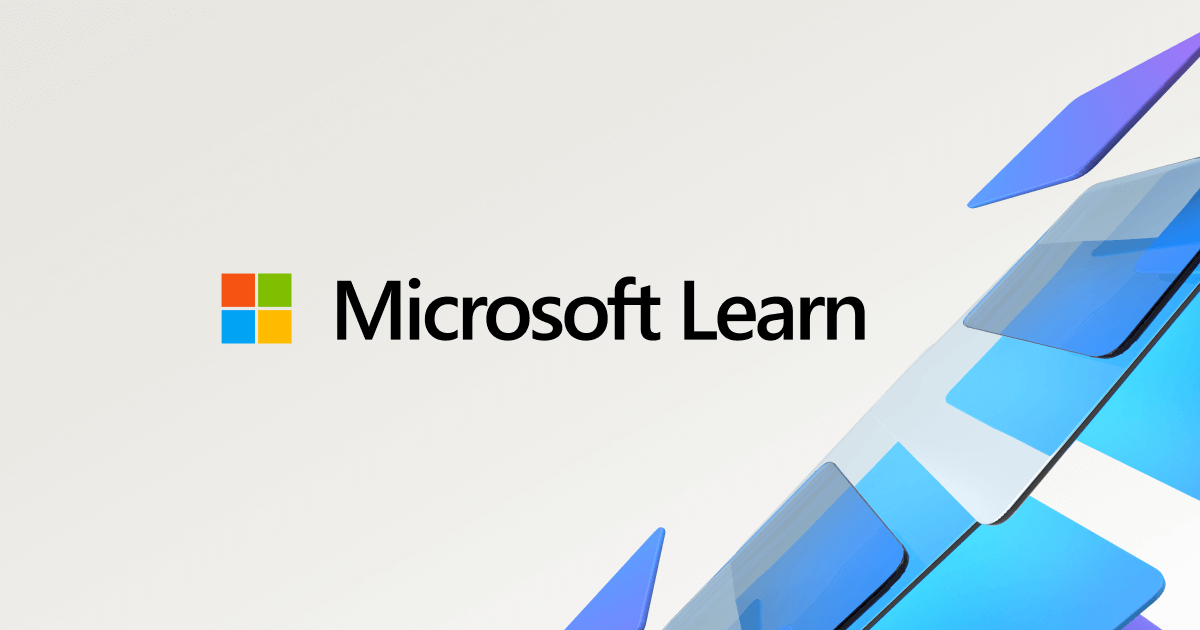This is going to f* up some of our developers who use Macs as they often will use a VM or bootcamp to windows to do some cross platform testing.
I'm definitely curious about this:
1. Microsoft has been integrating more & more Linux into their OS. It's called
Windows Subsystem for Linux (WSL), which among other things lets you run Linux programs natively under Windows 10 & Server 2019. The original WSL didn't have any actual kernel code, but the new WSL2 basically runs the Linux kernel in a virtual machine using a form of Hyper-V. So there is a future for a *nix-based system.
2. Microsoft has
Windows for ARM, which is a special version of Windows 10 that runs on ARM chips. The problem is that they do not have a version of Rosetta, so there's no compatibility for older x86 programs that ran on Intel/AMD chips. This was the issue they ran into when they first started selling the Surface tablet running Windows RT (aka Windows for ARM), because while it
looked like Windows, it didn't actually run any real Windows programs. They tried to do Windows Mobile devices, like phones, but Android & iPhone already had pretty big software libraries & none of the regular Windows programs ran on any of the RT-driven devices, so it failed to stick long-term.
3. Hypervisors like Parallels & VMware aren't CPU emulators, which is why Apple developed Rosetta Stone & Rosetta Stone 2. I'd imagine they'll try to find a way to emulate x86 processors in order to run x64 operating systems, but I'm curious how Apple plans to support things like Boot Camp for now. That's a lot of CPU bandwidth to eat, just to get x86-based software talking. Maybe they've got a trick up their sleeve, or maybe this is where they cut ties with Windows on Mac. Maybe they'll have a coprocessor in there that runs certain aspects of binaries, sort of like WINE or RemoteApp or something. Just seems like it would be a huge ARM CPU hog to do x86 emulation, and perhaps a waste of hardware globally based on how many people actually use things like Boot Camp & Parallels.
4. This may or may not spell the end of Hackintosh. Maybe the next generation of Hackintosh involves ARM computers. But if it's "Apple Silicone", then it may be Apple-specific, so that would cut things off. If so, I'd estimate we'll get another maybe 7 years of support out of Intel chips before Apple drops x86 support.
5. Also curious about Hackintosh emulation. You can run OSX in VMware under Windows, as well as in stuff like unRAID with more baremetal features. ARM emulators
do exist (ex. QEMU CPU emulator, MS Device Emulator, etc.), and again, are separate from Hypervisors like VMware & Parallels.
6. DaaS is growing quite a bit. I have various clients & friends who use cloud virtualization & stream, everything from Google Cloud Services & Amazon Web Services to end-user systems like PaperSpace & ShadowTech. ShadowTech in particular has gotten really good about streaming GPU-driven Windows desktops to various devices, so you can now play games pretty well without actually owning a gaming computer - you basically just lease one from month to month, which is pretty cool. Having say a Macbook that has a touchscreen, a flip screen, can run MacOS, iPadOS, and iOS, and then stream a gaming PC from the cloud wouldn't be a terrible way to go!
The future is crazy. I wasn't a big fan of moving to an isolated-app based architecture for computers, but having an ARM-based system that runs full MacOS AND can run iOS & iPadOS apps does sound pretty dope tbh!


 9to5mac.com
9to5mac.com




